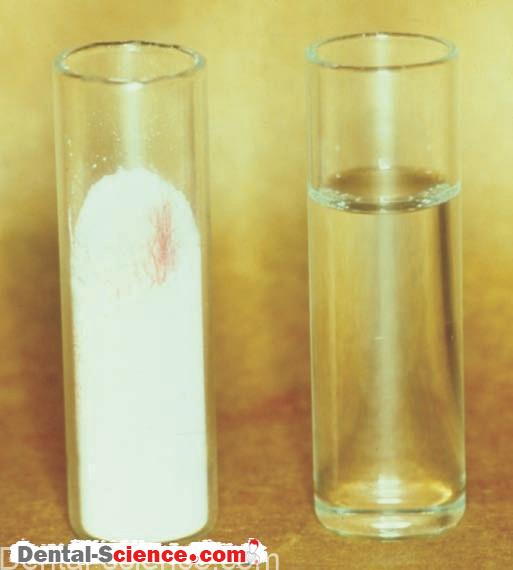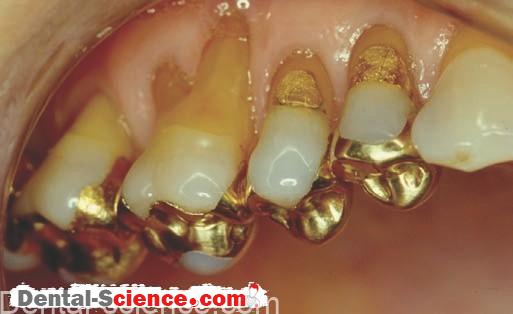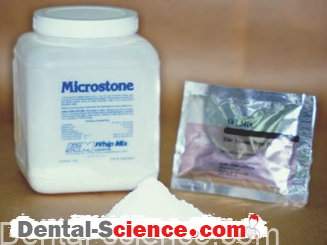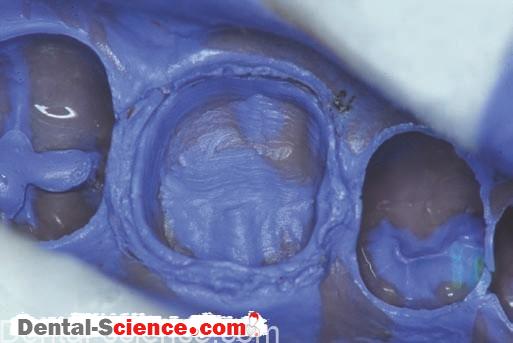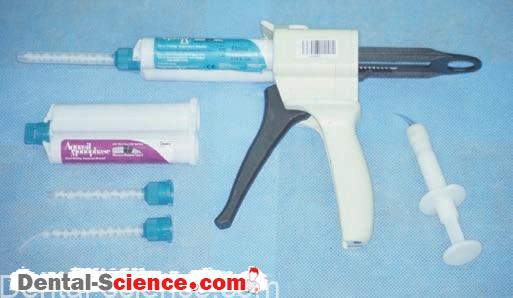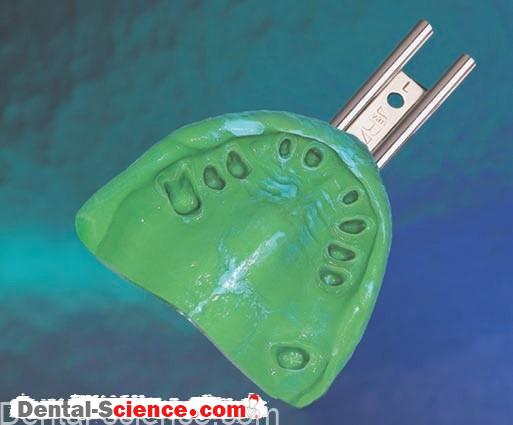Polyethers
A. Development
– Polyether impression material was developed in the late 1960s for use as
a dental impression material.
– It was not borrowed from another industry.
– Polyether impression material was significantly different from the other materials available at that time.
B. Chemistry-Optional
– These materials have an ether group in the molecular structure.
– An ether group is an oxygen atom that is bonded to two carbon atoms.
– Polyether impression materials set via a unique, ring-opening polymerization reaction that is thought to offset some polymerization shrinkage.
– The polymerization reaction is called cationic polymerization.
– Cationic polymerization is similar to addition polymerization except that instead of a free
radical, a cation (positive ion) is the reactive molecule.
– No reaction by-product is produced.
C. Properties and Use
– The working and setting times are shorter than those for polysulfide materials; they are more like those of addition silicone materials.
– Polyether impression materials are very stiff compared with other materials and set quickly.
– Polyether impression materials come in a single viscosity, much like the medium viscosity of other types of materials.
– They are clean materials to use but have an unpleasant taste.
– Polyether impression materials are very accurate and easy to pour with gypsum products.
– These properties and the ease of use make polyethers popular.
– The cost of polyether materials is similar to that of addition silicone materials.
– They are very stiff, which makes them well suited for use with a disposable triple tray.
– Impregum is the most popular polyether product.
– The popularity of polyether impression materials has resulted in addition silicone
“Impregum clones.”
– The addition silicone clones have the same viscosity, stiffness, and even the purple color as Impregum.
– These clones are often called monophase impression materials.
– As with polyether materials, a single-viscosity addition silicone material is used in the syringe and the tray.
ــــــــــــــــــــ► ⒹⒺⓃⓉⒶⓁ–ⓈⒸⒾⒺⓝⓒⒺ ◄ــــــــــــــــــــ

